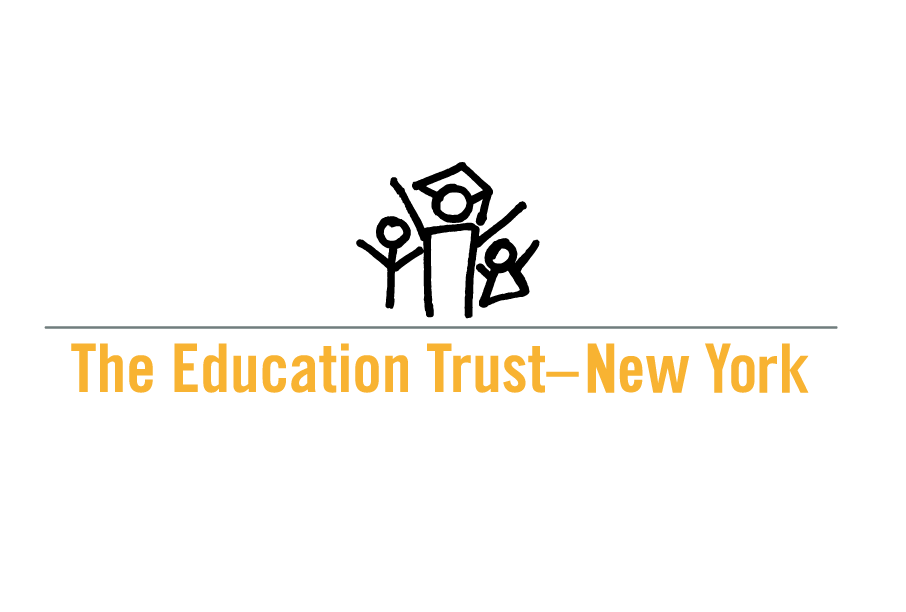Step 4: District Spotlight
Improve the working environment for educators of color.
In Shenendehowa Central Schools, educators combat bias and promote inclusivity from the moment a candidate of color interviews for a job to the moment that teacher retires.
That culture is the outcome of a shift by the school board that started with the appointment of Oliver Robinson 14 years ago as the district’s first Black superintendent.
“There was a realization that we needed to be much more intentional about trying to ensure we diversify our staff, we diversify our training of existing staff, we diversify our pedagogical practices, we diversify our curriculum materials,” he said. The district also examines its tests for bias and dives into subgroup data to make sure minority populations are not getting overlooked when results are averaged. “It’s a wide variety of things that have transpired.”
Shenendehowa takes a comprehensive approach to improving the working environment for educators of color that starts with the hiring process.
The district made an anti-bias hiring video that all hiring committees watch before interviewing job candidates. The video assertively states that the district is looking to hire for diversity and to ensure interview committees are aware of bias, in an effort to reduce their own bias. The goal of the video, Robinson said, is to ensure the committee is the not gatekeeper to diversifying the district’s staff, and ultimately, to help ensure teaching candidates of color feel welcome in the district.
Diversity and inclusion issues are incorporated into back-to-school professional development, including a training on children’s literacy that touched on topics like how classroom books can help shape a culturally responsive environment.
Once the school year starts, teachers use curricular materials that meet the criteria of an anti-bias checklist developed by the Anti-Defamation League. Teachers can also access resources on cultural responsiveness through a staff-only intranet that includes documents like the Parent and Community Communication and Outreach Rubric.
All employees in their first four years learn about Shenendehowa’s values through a mentoring program. The mentoring program includes sessions on topics like equity and bias.
And to further show how embedded diversity issues are in the student and staff experience, Shenendehowa administrators developed profiles of what they expect from their elementary, middle, and high school students as well as their employees. Diversity and inclusivity issues are baked into the document, including a category around Globally Competent Persons “who value and respect different people, ideas and experiences and use creativity to define and solve problems from a larger context.”
There was a realization that we needed to be much more intentional about trying to ensure we diversify our staff, we diversify our training of existing staff, we diversify our pedagogical practices, we diversify our curriculum materials.
“This is all a part of our overall mantra as a school district,” Robinson said. “Our mantra is ‘Committed to Excellence,’ and there was a realization [years ago] that we can’t say we are committed to excellence if we’re not committed to equity and opportunities and outcomes for all kids.”
Robinson says the work of diversity and inclusion is embraced from top to bottom: the Board of Education is committed through the approval of district goals and essential objectives, speaking to diversity and inclusion statements and driving actions and outcomes. The entire leadership team has and will continue to engage in various professional development and lead building and department-based initiatives. This is a defining component of the fabric of the district, Robinson said.
Working “One Conversation at a Time” At Eastern Suffolk BOCES
In the Eastern Suffolk BOCES, diversifying leadership starts with culture.
All first-, second-, and third-year teachers as well as newly hired administrators meet monthly to learn about the Eastern Suffolk BOCES culture, and that includes diversity and inclusivity training.
“We are hopeful that catching people early on in their career and training them on the culture that we are trying to build is an effective way to sustain that culture.” Superintendent David Wicks said.
Wicks and Chief Operating Officer Julie Lutz helped form the Long Island Consortium for Equity and Excellence, which consists of a dozen school districts, to provide opportunities for discussions about equity and cultural proficiency. Over the course of eight sessions in a school year, superintendents, assistant superintendents, directors, principals, assistant principals, chairpersons, and teacher leaders get a chance to participate in discussions about diversity facilitated by national experts.
“The focus there is the teaching and the pedagogy of what’s going on in the classroom in terms of exposure to students, taking it from the building leader and teacher point of view and understanding how equity and inclusivity and cultural responsiveness is important in the classroom,” Wicks said.
The Eastern Suffolk BOCES leadership is always on the lookout for opportunities to give aspiring leaders of color more exposure.
“When the Suffolk County School Superintendents Association started a program for aspiring superintendents, they asked us to make suggestions as to who should attend,” Lutz said. “Last year, Dave and I recommended all of our administrators from diverse backgrounds. Sometimes that’s what it is, one person at a time, one conversation at a time, and if there are enough of those conversations it can turn the tide over time.”


